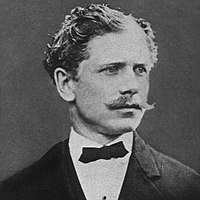Ha
beleéled magad, tudni fogod, mi hiányzik. a fordításból legalább
a dőlt betűsöket próbáld meg...
Segítség a nyelvtanhoz:
Wikipedia: Cadillac was formed from the remnants of the Henry Ford Company. After a dispute between Henry Ford and his investors, Ford left the company along with several of his key partners in March 1902. Ford's financial backers William Murphy and Lemuel Bowen called in engineer Henry M. Leland of Leland & Faulconer Manufacturing Company to appraise the plant and equipment in preparation for liquidating the company's assets. Instead, Leland persuaded the pair to continue manufacturing automobiles using Leland's proven single-cylinder engine. A new company called the Cadillac Automobile Company was established on 22 August 1902. It was named after French explorer Antoine Laumet de La Mothe, sieur de Cadillac, who founded Detroit in 1701.
Cadillac's first automobiles, the Runabout and Tonneau, were completed in October 1902. They were two-seat horseless carriages powered by a 10 hp (7 kW) single-cylinder engine. They were practically identical to the 1903 Ford Model A. Many sources state that the first car rolled out of the factory on 17 October; in the book Henry Leland – Master of Precision, the date is 20 October; another reliable source shows car number three to have been built on 16 October. Cadillac displayed the new vehicles at the New York Auto Show in January 1903, where the vehicles impressed the crowds enough to gather over 2,000 firm orders. Cadillac's biggest selling point was precision manufacturing, and therefore, reliability; a Cadillac was simply a better-made vehicle than its competitors.






